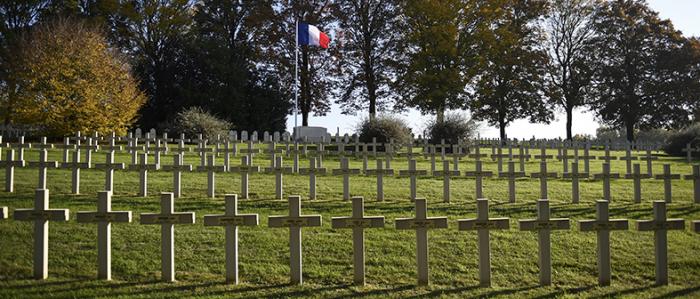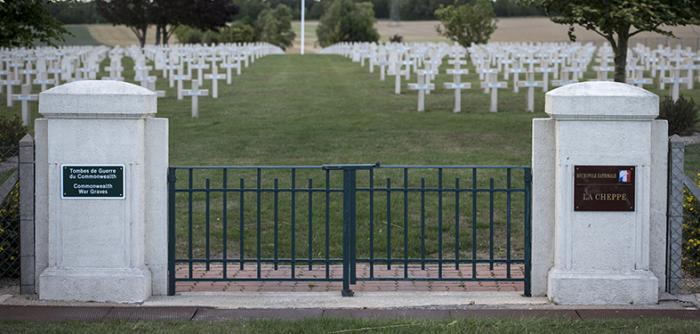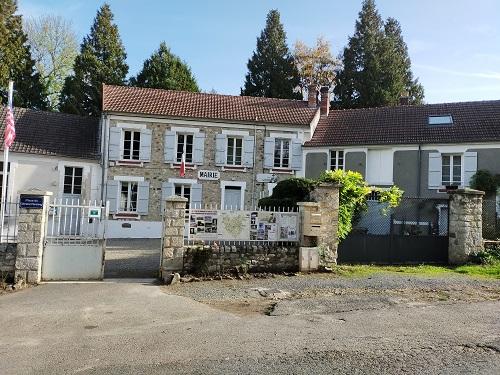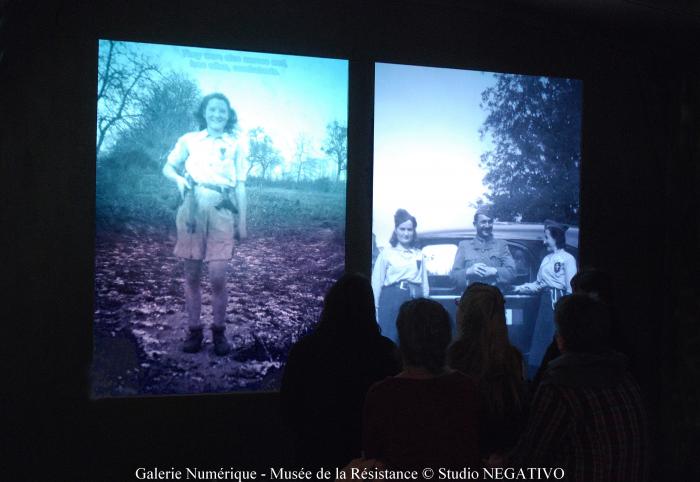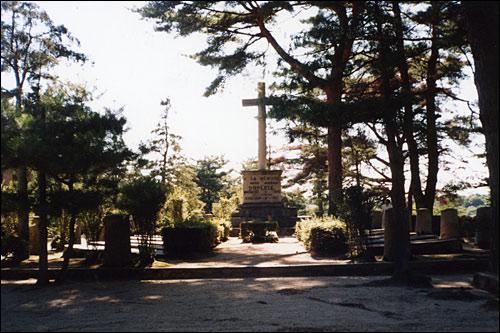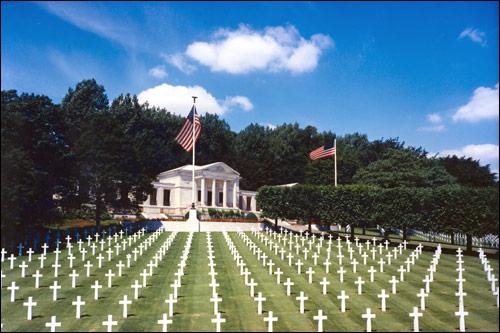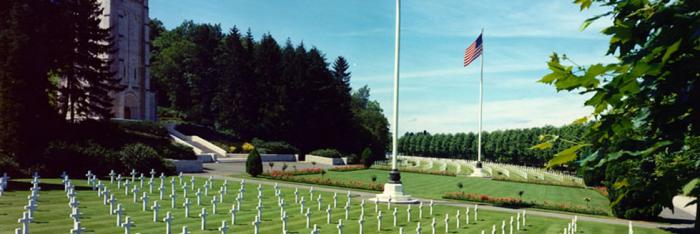18 June 1944: exactly four years after Charles de Gaulle issued his call to arms from London, the Battle of Saint-Marcel gets underway. One hundred and fifty Free French SAS paratroopers and 2 000 members of the Breton Resistance defeat a force of seasoned German troops.
Built on the very site of that memorable battle, the Breton Resistance Museum has been entirely modernised through 20 months of works. It presents the daily lives of Breton men and women under the Occupation and their engagement in the “shadow army”.
With a brand-new layout, nearly 1000 objects from a carefully preserved collection of 12 000 bring that memory to life.
The 1000 m² of exhibition space are set around a large courtyard dominated by a huge Cross of Lorraine. The objects from the collection – weapons, vehicles, and also concentration camp tunics and jackets, everyday objects, etc. – have all been carefully chosen for the emotions they embody or the history they portray.
These objects tell the story of the men and women who took up arms against the occupying troops, and above all against an ideology: Nazism.
An array of interactive and multimedia content and life-size reconstructions (e.g. a street under the Occupation and the inside of a blockhaus) take you right to the heart of the Second World War.
At a time when fewer and fewer survivors remain from that period, we believe it is crucial for the human element to be at the heart of your visit, so as to ensure that the memory lives on.
Holder of the prestigious “Musée de France” label, the Breton Resistance Museum promises you a moving, educational visit to the heart of history.


